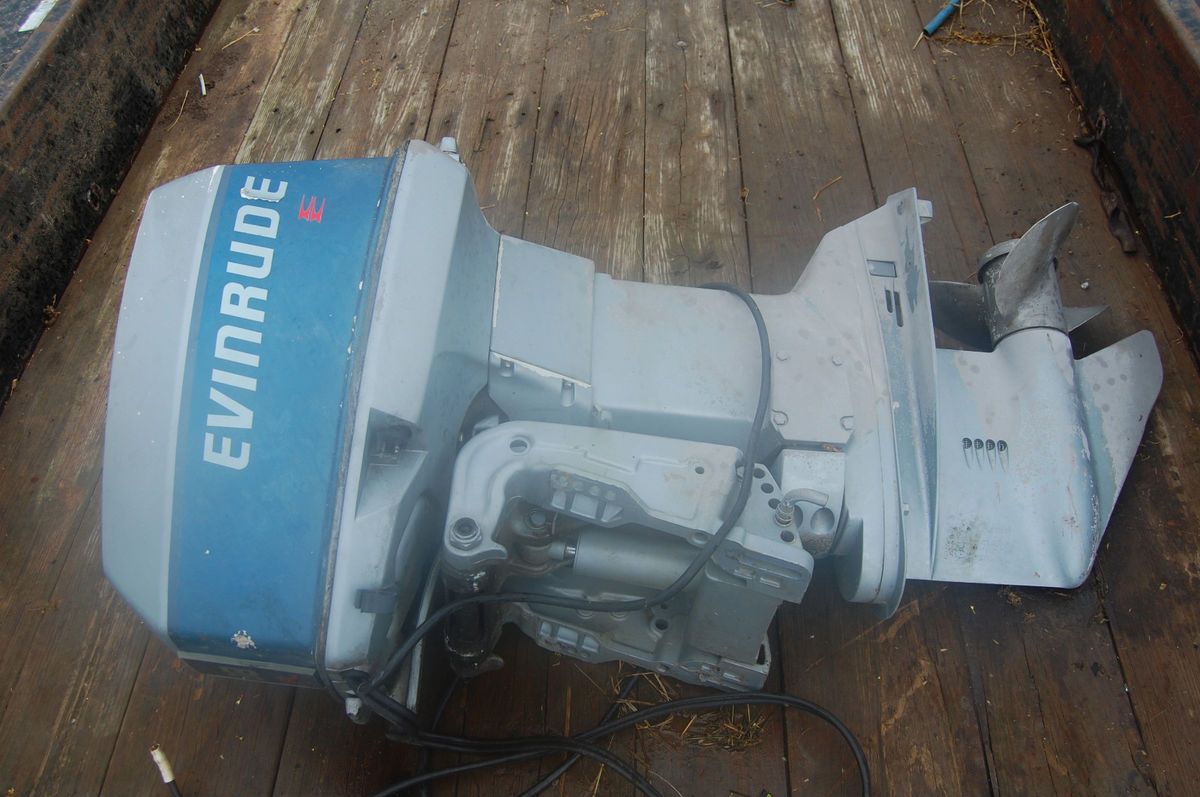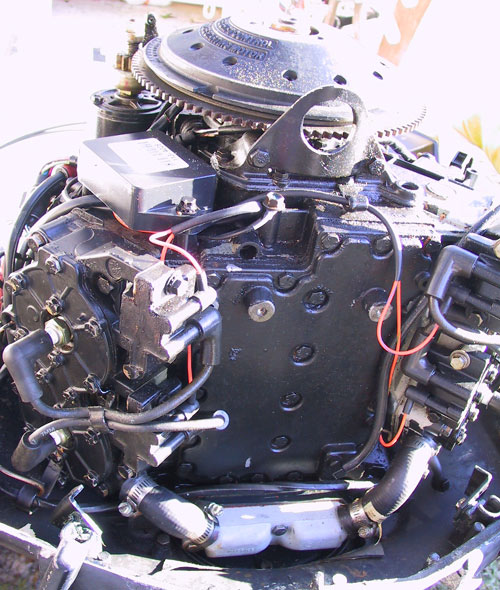
Fuel Pumps
General Information
Fuel Pump Description/Operation
Testing
Troubleshooting Fuel Pump
Fuel Pump Components
Fuel Pump Removal/Installation
Fuel Pump Cleaning, Inspection, Disassembly and Reassembly
Fuel Pump – Cleaning/Inspection
Check Valve Reassembly
Carburetion
Fuel System Troubleshooting
Checking for Restricted Fuel Flow Caused by Anti-Siphon Valves
Fuel System (Carburetor)
Fuel System (Linkage)
Carburetor Adjustments
Initial Starting Adjustment
Low Speed Mixture Adjustment
Carburetor Float Adjustment
Specification Sheet - WME Carburetors
Carburetor Fastener Torques
Settings
Fuel Pump Specifications
Fuel Pump Pressure
Sealants
Idle Speed Adjustment
Main (High Speed) Jet Adjustment
Rejetting Carburetors For High Altitude Operation
Jet Orifice Size/Part Number Chart
Carburetor Removal and Disassembly
Carburetor Disassembly
Cleaning and Inspection
Carburetor Reassembly
Idle Air Screw
Enrichener System
Enrichener Valve Hose Installation
Enrichener Valve Test
Acceleration Pump Fuel Flow Circuit
Fuel Tank
Fuel Tank Components
Fuel Line and Primer Bulb Assembly
Fuel Line Clamp Removal and Installation

Fuel Pumps
General Information
FUEL PUMP DESCRIPTION/OPERATION
The fuel pump is a crankcase-pressure-operated, diaphragm-
type pump. Crankcase pulsating pressure
(created by the up-and-down movement of piston) is
transferred to fuel pump by way of a passage (hole)
between crankcase and fuel pump.
When piston is in an upward motion, a vacuum is
created in the crankcase, thus pulling in a fuel/air mixture
(from carburetor) into crankcase. This vacuum
also pulls in on the fuel pump diaphragm, thus the inlet
check valve (in fuel pump) is opened and fuel (from
fuel tank) is drawn into fuel pump.
Downward motion of the piston forces the fuel/air mixture
out of the crankcase into the cylinder. This motion
also forces out on the fuel pump diaphragm, which, in
turn, closes the inlet check valve (to keep fuel from returning
to fuel tank) and opens the outlet check valve,
thus forcing fuel to the carburetors.
CHECKING FOR RESTRICTED FUEL FLOW CAUSED
BY ANTI-SIPHON VALVES
While anti-siphon valves may be helpful from a safety
stand-point, they clog with debris, they may be too
small, or they may have too heavy a spring. Summarizing,
the pressure drop across these valves can,
and often does, create operational problems and/or
powerhead damage by restricting fuel to the fuel
pump and carburetor(s). Some symptoms of restricted
(lean) fuel flow, which could be caused by use
of an anti-siphon valve, are:
0001 Loss of fuel pump pressure
0001 Loss of power
0001 High speed surging
0001 Preignition/detonation (piston dome erosion)
0001 Outboard cuts out or hesitates upon acceleration
0001 Outboard runs rough
0001 Outboard quits and cannot be restarted
0001 Outboard will not start
0001 Vapor lock
Since any type of anti-siphon device must be located
between the outboard fuel inlet and fuel tank outlet,
a simple method of checking [if such a device (or bad
fuel) is a problem source] is to operate the outboard
with a separate fuel supply which is known to be
good, such as a remote fuel tank.
If, after using a separate fuel supply, it is found that
the anti-siphon valve is the cause of the problem,
there are 2 solutions to the problem; either (1) remove
the anti-siphon valve or (2) replace it with a solenoidoperated
fuel shutoff valve.
Testing
Install clear fuel hose(s) between fuel pump and carburetor(
s). Run engine, and inspect fuel passing thru
hose(s) for air bubbles. If air bubbles are found, see
“Air Bubbles in Fuel Line,” below. If air bubbles are
NOT found, see “Lack of Fuel Pump Pressure,” continued
on next page.
Troubleshooting Fuel Pump
PROBLEM: AIR BUBBLES IN FUEL LINE
Possible Cause Corrective Action
Low fuel in fuel tank. Fill tank with fuel.
Loose fuel line
connection.
Check and tighten all
connections.
Fuel pump fitting loose. Tighten fitting.
A hole or cut in fuel line. Check condition of all
fuel lines and replace
any found to be bad.
Fuel pump anchor
screw(s) loose.
Tighten all screws
evenly and securely.
Fuel pump gasket(s)
worn out.
Rebuild fuel pump.
PROBLEM: LACK OF FUEL PUMP PRESSURE
Possible Cause Corrective Action
An anti-siphon valve. Read “Checking for
Restricted Fuel Flow,
Caused by Anti-Siphon
Valves” preceding.
Air in fuel line. “Air Bubbles in Fuel
Line”, preceding.
A dirty or clogged fuel
filter.
Clean or replace fuel
filter.
The fuel pickup in fuel
tank clogged or dirty.
Clean or replace pickup.
Worn out fuel pump
diaphragm.
Rebuild fuel pump.
Defective (hole or crack)
check valve(s) in fuel
pump (unlikely).
Rebuild fuel pump.
Broken check valve
retainer.
Rebuild fuel pump.
Pulse hole plugged. Remove fuel pump and
clean out hole.
Johnson 88 Spl Outboard Motor
Troubleshooting Fuel Pump
(continued)
PROBLEM: LACK OF FUEL PUMP PRESSURE
Possible Cause Corrective Action
Hole in pulse hose
(1 pulse hose).
Replace pulse hose.
Loose pulse hose. Tighten connection.
Boost diaphragm gasket
distorted or out of place.
Check seal between
mating surfaces where
“rib” divides pulse
chamber – gasket must
align with rib; check for
distorted gasket. Align
or replace gasket if
necessary.
Fuel Pump Components (Design 1)
NOTE: In fuel pump reassembly, remember that respective
diaphragms go against the mating surfaces
of the fuel pump body, and respective gaskets are between
the diaphragms and end caps. Gaskets should
always be replaced on fuel pump assembly.
1988 Johnson 88 HP 88MSLCC SPL. This 88 horsepower Johnson outboard, manufactured in 1988, is a saltwater model. Johnson Outboard Manual. A short demonstration showing how to start the engine from a cold start.
a - Fuel Pump Base
b - Fuel Pump Body
c - Chamber Plate
d - Gasket, Base
e - Fuel Filter – Inline
f - Gasket, Pulse Chamber
g - Diaphragm, Fuel Pump
h - Retainer, Check Valve
i - Check Valve
j - Check Valve Rubber Disc
k - Main Compression Spring End Cap
l - Main Compression Spring
m- Boost Diaphragm
n - Boost Chamber Gasket
o - Boost Compression Spring End Cap
p - Boost Compression Spring
q - Retainer, Check Valve
r - Check Valve
s - Check Valve Rubber Disc
t - Check Valve Assembly

Johnson 88 Spl Outboard Manual
Carburetion
Fuel System Troubleshooting
Troubles, that are caused by items 1-thru-5, listed below,
may give the impression that a problem exists in
the fuel system:
1. Spark plugs
2. Ignition spark voltage
3. Cylinder compression
4. Reed valves
5. Ignition timing
Troubleshooting Charts
Evinrude 88 Spl Outboard Motor
88MSLCC SPL This 88 horsepower Johnson outboard, manufactured in 1988, is a saltwater model. The engine weight is recorded at 288 lbs. This is a 4 cylinder model. Evinrude 88 Spl and RPMS Anyways, did a trial run today mainly to revisit my rpm issue from a couple years ago. The motor starts and runs fine, carbs along with everything else EXCEPT the fuel pump were replaced, and it runs beautifully.